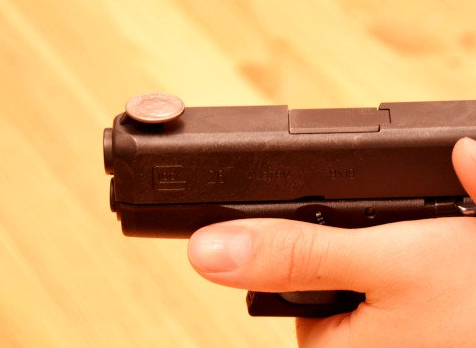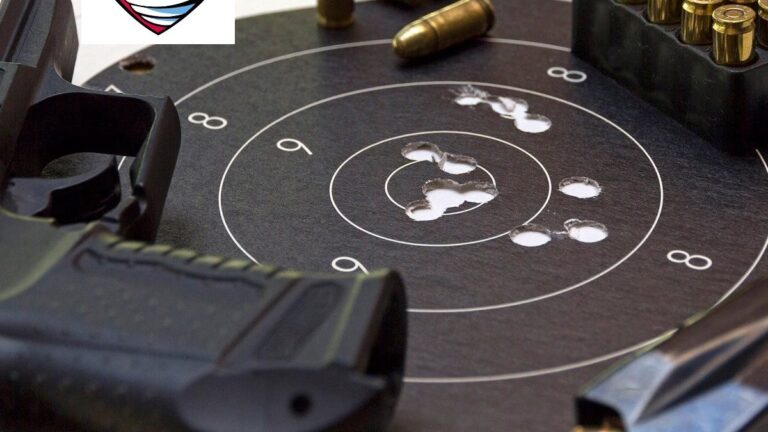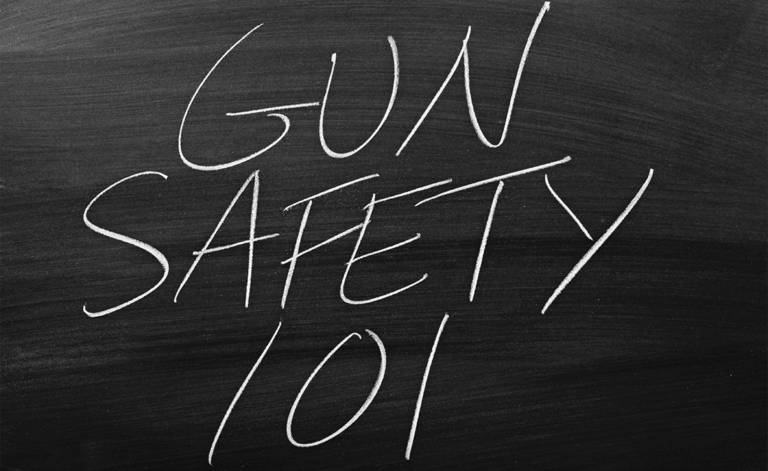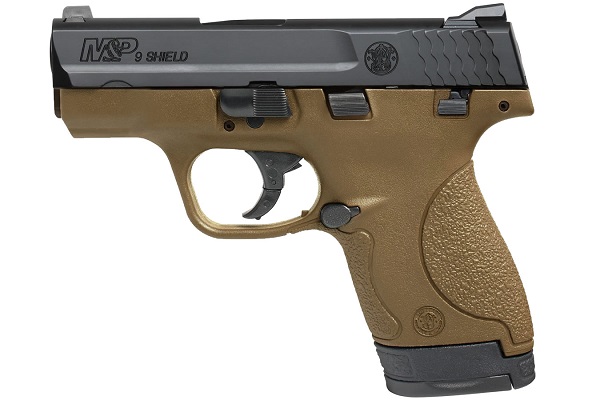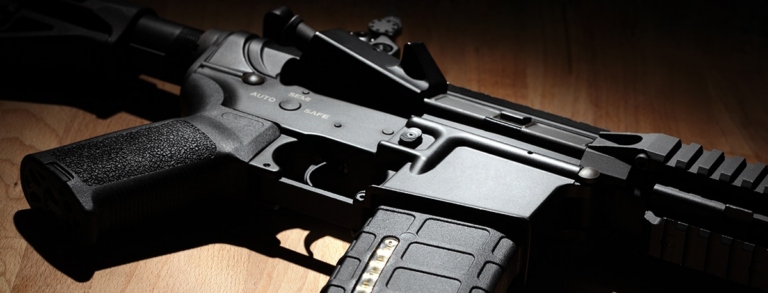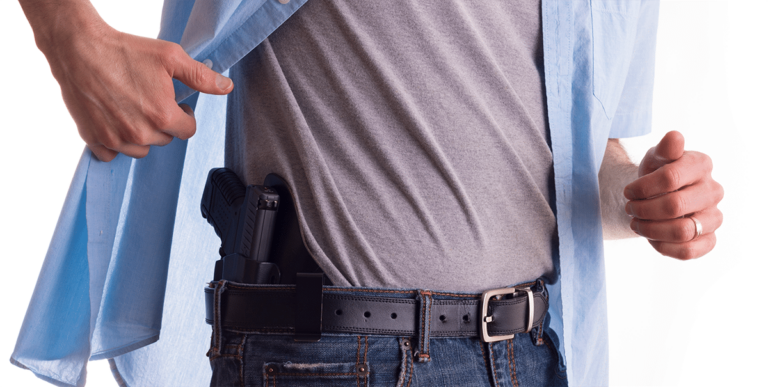Anticipating the Shot
Recently, I had a student attending a Basic Handgun Shooting course after he attended a conceal carry course with another instructor. He said he wanted to learn more about handgun shooting and be able to shoot better than he did on the course. Bill (not his real name) did the normal 4 hours of classroom in the morning and we went to the range for a few more hours. As always, I brought along a few extra guns and ammo but I forgot my snap caps on this trip. I run students through the normal commands, have them practice them with SIRT pistols or blue guns, then move onto the range. This day was no different. On the range, the student is listening, actively trying to apply what I am telling him, and practicing to the best he can. Bill was doing well at 3 yards, so we quickly moved to 7 yards. He kept anticipating the shot and dropping the shots 2 to 4 inches low at this distance. I noticed it before, and even told him he was anticipating, but he was not correcting it. Now, I am talking him through slow and gentle trigger press. This is full sight alignment or marksman shooting as I like to call it. Using the USCCA rubber band method of moving ONLY their finger and not squeezing their hands. I talked him through grip and push / pull arms extended technique. Bill was doing ok, but he kept anticipating the shot. He was still dropping rounds, but now only 1 to 3 inches low.
I decided to move him out to 10 yards. At this distance, he was dropping the shots closer to 7 inches low. I kept telling him to stabilize, slow trigger press, and have a good stance. We talked about trigger placement on his finger which also helps, but Bill just kept dropping shots. So I decide I need another technique. I ask him if I can see and shoot his gun. After picking up his gun from the table we had out there, I loaded then shot a couple rounds. I then decided to unload and reload while I am talking to Bill. Talking to him was a distraction. All the while, I was pointing out how to handle the gun, keeping the gun pointed downrange, and being aware of the condition of the firearm at all times. If I had my snap caps, I would have placed one 2 rounds deep into his magazine. Since I did not have them, I placed the “loaded” gun down on the table with the safety on. The chamber was empty but the magazine was loaded. I told him, this is non-standard, so carefully listen and do the steps I tell him. I stepped back, Bill stepped up, and I talked him through picking up the gun, taking the safety off, and explaining to him the gun was loaded with a round in the chamber. We are still at 10 yards, only the 2 of us on the range, and he gets ready to shoot, one round only please. He pulls the trigger, the gun only goes CLICK, and I see the muzzle drop what looks like 2 inches. The look on his face was the look that instructors LOVE to see. He started to tell me he felt all of that anticipation and how he was purposely pushing the gun down without realizing he was doing so. Before he got too far into the conversation, I asked him to unload, show clear and holster.
At this point, we talked about all of this and how me telling him he was anticipating was not really getting through to him. But showing him how the gun moves and he how he thinks he is shooting made him see it. I had him keep the gun unloaded, take his stance with the gun extended and ready to shoot, finger off the trigger. Paying particular attention to muzzle safety, (not getting any part of my body in front of the muzzle) I would place a nickel on the front site. At this point, I would have him sight it in as best he can and press the trigger. Bill’s goal is to press the trigger and keep the coin on the front sight. I also told him to use trigger follow through and hold the trigger until told to rack the slide. He did this like 5 times and each time the coin would fall. Bill was getting discouraged and even asked if it was the gun’s spring action making the gun move too much for the coin. After more encouragement and practice, Bill was able to dry fire his gun and keep the coin on the front sight. We did this like 20 times and the last 8 times, he did not drop the coin.
Ok, time to load and make ready and send more rounds down range. I give him fresh targets and we are still at 10 yards. Bill knows we are going to be at 15 yards before the end of the day. But here at 10 yards, after dry fire practice, he is ready to try again. His first round hit the X. Bill’s next 5 rounds were quite tight compared to what he has shot up to this point. Bill finally empties 2 full magazines and his grouping was about 7 inches with one odd ball round about 3 inches outside that group. After shifting to a fresh target, we move back to 15 yards and Bill is shooting better at this distance than he was the first 15 rounds he shot at 7 yards.
What did I take from this as an instructor? All the words in the world may not get through. Bill is an intelligent, safety conscience, and eager student who listened to me as best he could but still could not figure out why or how we was anticipating the shots. More importantly, I was not initially giving him enough instruction. Telling someone they are anticipating, showing them how the trigger finger should be placed, and explaining the slow trigger press was not enough. Letting him see it for himself through his anticipation mistake on that empty chamber was truly eye opening for Bill. The front site coin technique has been around for decades and one that I rarely use on the range, but this time, with just the 2 of us, it worked well. I like to pride myself on using many techniques and learning new ones regularly so my students have a good experience and get their money’s worth, be it on the range or in the classroom.

